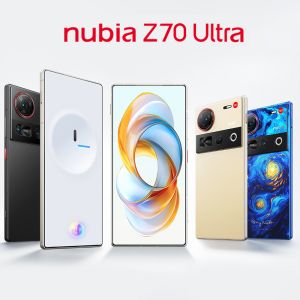This year is a year of big changes in the appearance of flagship phones. From the beginning of the year to the end of the year, many flagships have gradually abandoned the design of the double curved surface, and the iso-depth quad curved surface can be said to have become the mainstream of the market again. In the midst of this trend change, Nubia, which has been working hard to make a “true full-screen”, stands out. This year, they did not fail to live up to expectations, bringing the new “true full-screen” flagship Z70 Ultra, and also created some unique AI experience.

No change to the tough style, but more photo buttons
As mentioned at the beginning, the Nubia Z70 Ultra's appearance still adheres to their unique aesthetic, and this new model also continues the tough style, not too sharp, but quite square. It also has chamfered or curved transitions at each corner, which emphasizes a sense of refinement without pinching the hand.

We received this time is the “Shampoo” color scheme, the overall is a light yellowish, more in line with the dopamine color scheme, and the Star Dome Soft Sand process to create the AG frosted glass can be said to be complementary, and the square and hard lines together, in contrast, seems to have a sense of youth.

As for the part of the image module, the Nubia Z70 Ultra has also been treated quite delicately. Its entire decorative surface is divided into two layers, the upper layer retains a decorative surface that matches the color scheme of the back cover, while the lower part is a black decorative glass, arranged with two secondary cameras, and curved transitions at the edges, which is rich in details despite not having too many decorative elements.
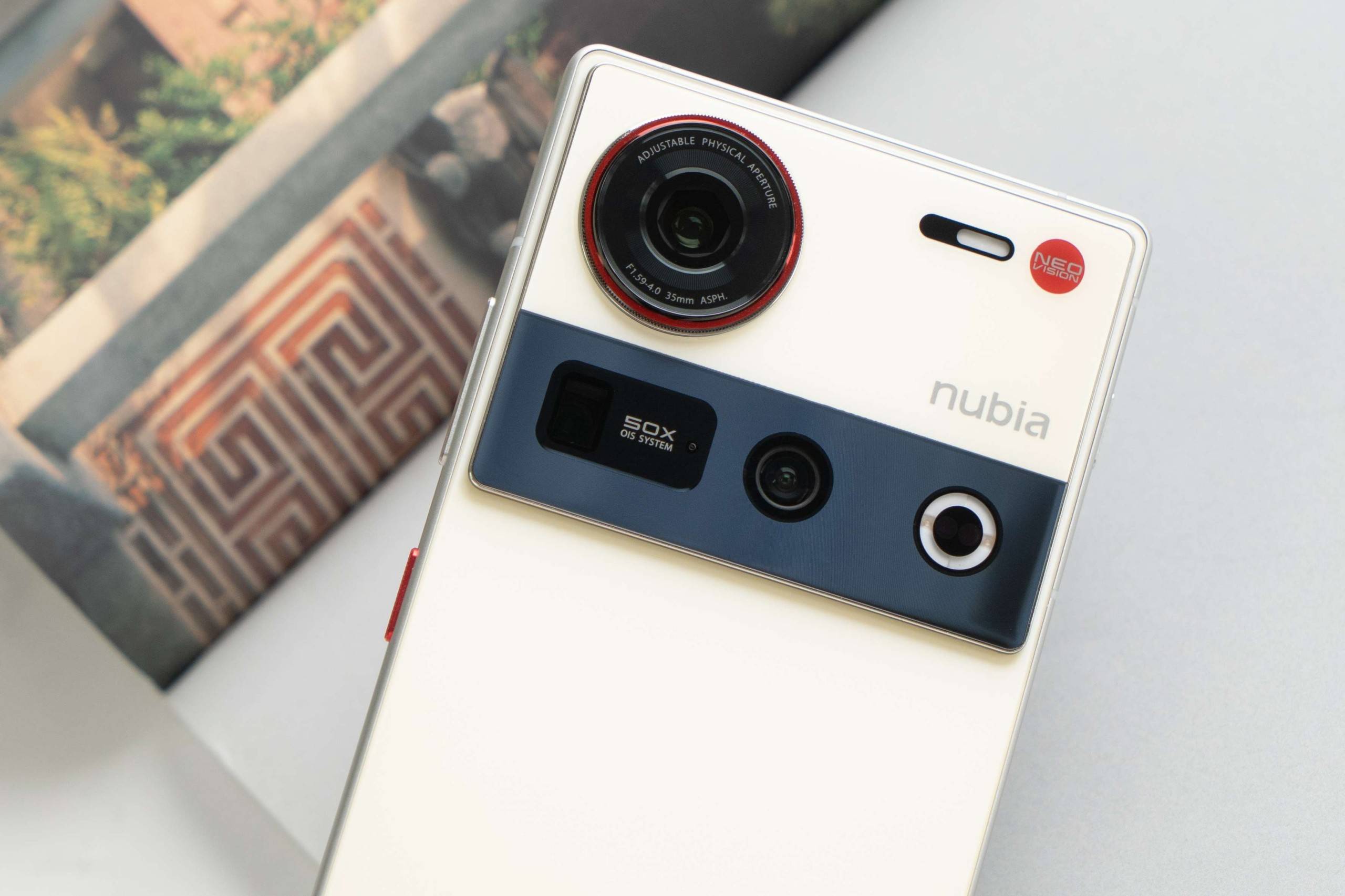
Compared to previous Z series models, the Nubia Z70 Ultra still retains the slider button, but moved to the left side of the body, where the original position is a new dedicated photo button.

Still a true full-screen display, clearer and more eye-friendly
On the front of the Nubia Z70 Ultra is their signature “True Full Screen”. The screen from BOE has been upgraded with Q9+ light-emitting material, and most importantly, the resolution has been brought up to 2688×1216, and it also hides the front-facing camera at the top, which makes it unique at a glance.
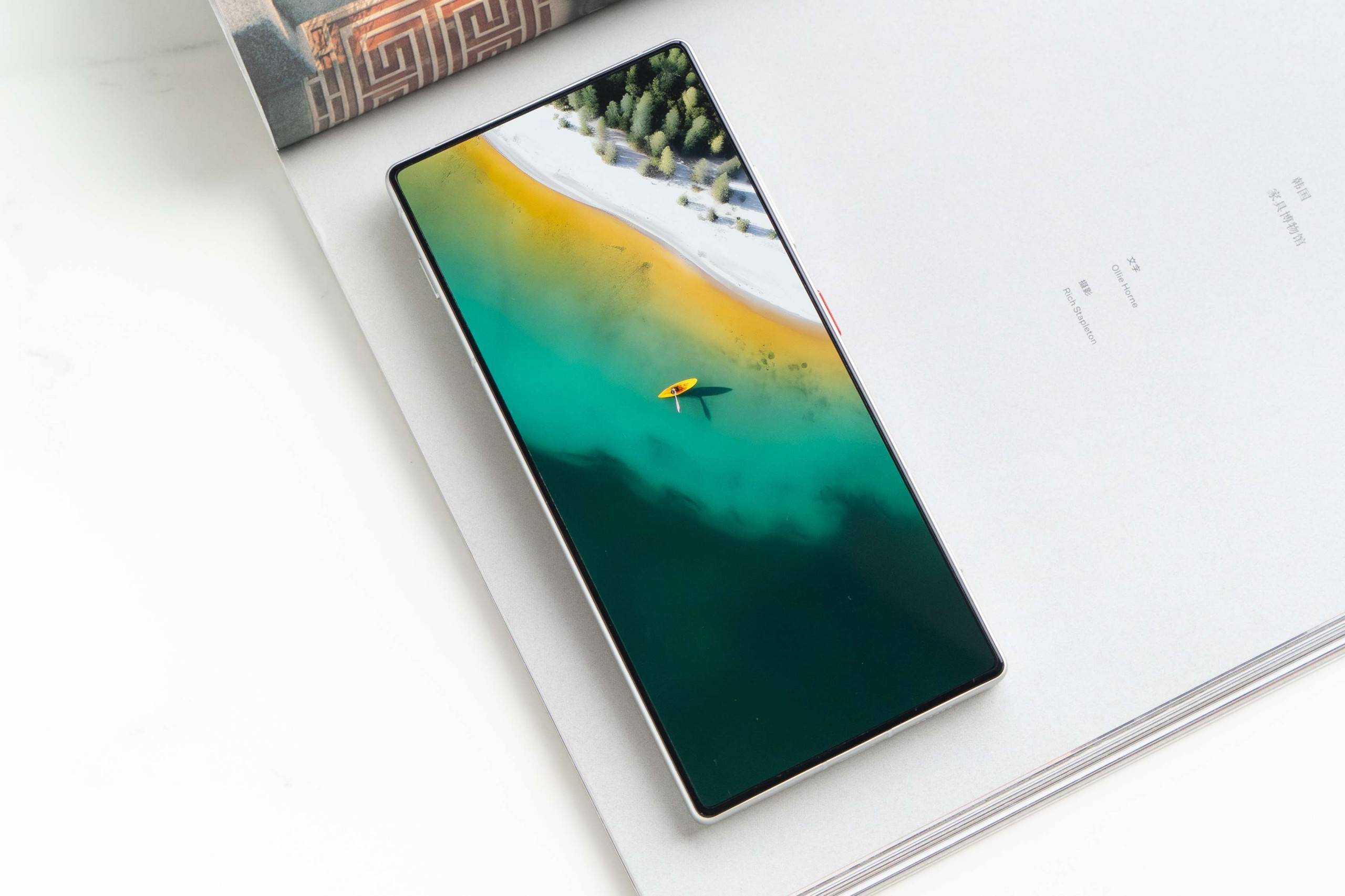
Along with the upgraded resolution, the screen still delivers a pretty impressive display. First of all, in terms of color coverage, the standard colors of the Nubia Z70 Ultra achieve 98.5% and 135.6% of the sRGB color gamut coverage and volume, although there is a certain limit, but the overall is still relatively open; and in the vivid mode, it can even do 127.4% of the DCI P3 color gamut volume, thus achieving 100% of the DCI P3 color gamut coverage, the naked eye! It also looks quite colorful to the naked eye.
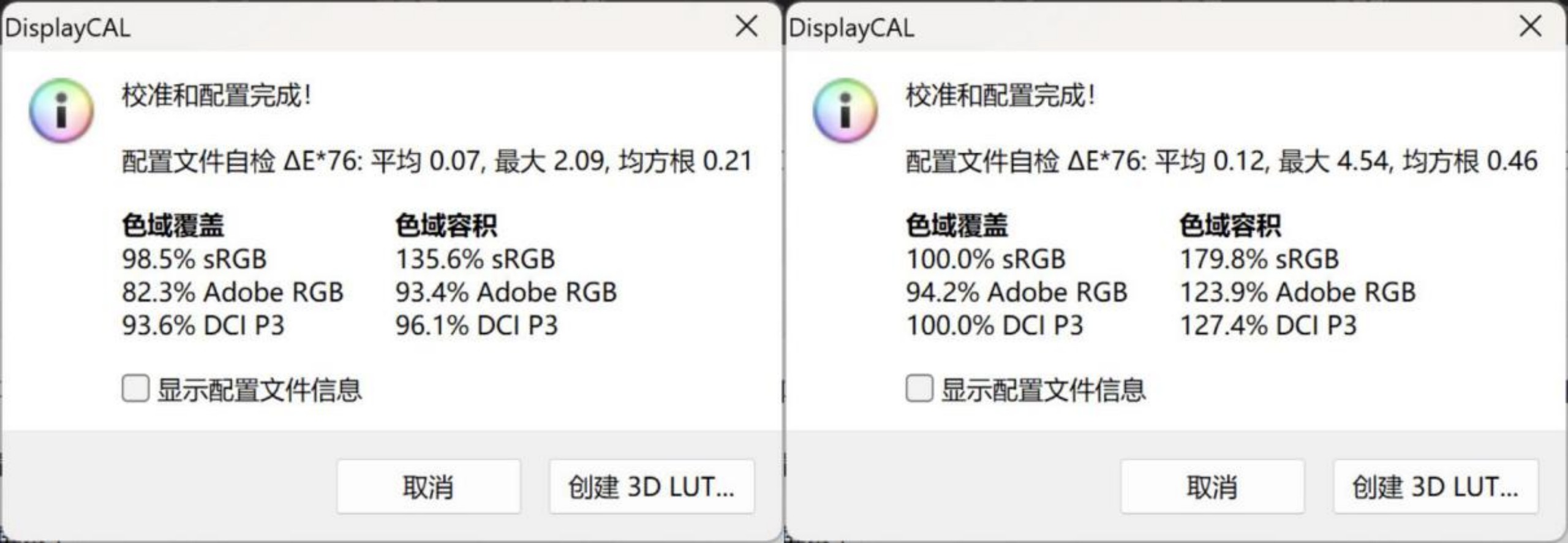
Standard Mode on the left and Vivid Mode on the right.
Along with its bold color range, it also has excellent color accuracy. In standard mode, the average ΔE is only 0.28, and the maximum ΔE is only 0.98, which is quite accurate. Even in Vivid mode, the color accuracy is still high, with an average ΔE of only 0.38, and the maximum ΔE is only 1.74, which is quite accurate in terms of color performance.
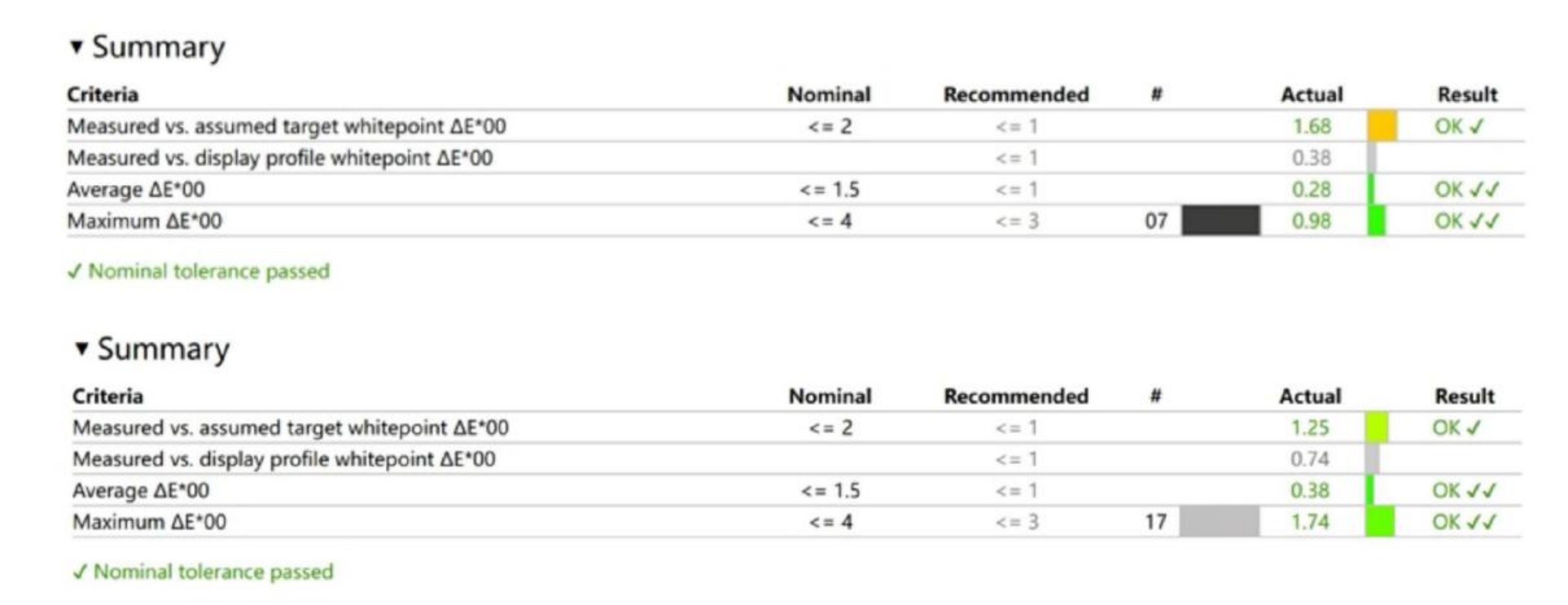
▲Top: Standard Mode, Bottom: Vivid Mode
The Nubia Z70 Ultra's screen is also excellent in terms of eye protection, having passed the SGS hardware-level low blue light certification, not to mention the fact that it also realizes ultra-high-frequency PWM dimming of up to 2592Hz. Overall, this screen not only has an excellent form, but also excels in eye protection and display, allowing Nubia to continue to take the lead in the “true full-screen” track.
Image Maverick, Still Great Picture Quality
The Nubia Z70 Ultra's image module is still a triple-camera module built around a 35mm main camera, and the classic 35mm main camera is still the classic “Sony 9-series” sensor. However, there are a lot of changes in the lens, the main camera is added to the variable aperture design, the ultra-wide angle has come to 13mm, and the periscope telephoto has shortened the distance of the closest focus, and now you can shoot telephoto macro photos, overall, it is a comprehensive upgrade to enhance the practicality and convenience.

Let's take a look at the sample photos. The Nubia Z70 Ultra's main camera is still consistent with its previous performance in terms of resolution and color rendering, with saturated and vibrant colors, and with the “Auto Blue Sky Enhancement” enabled by default in the settings, it brings a sense of clarity when recording images of the sky, for example. It also has an interesting aperture strategy, preferring to shoot at its full aperture of F/1.59 in more scenes - switching to a smaller aperture for close-ups.

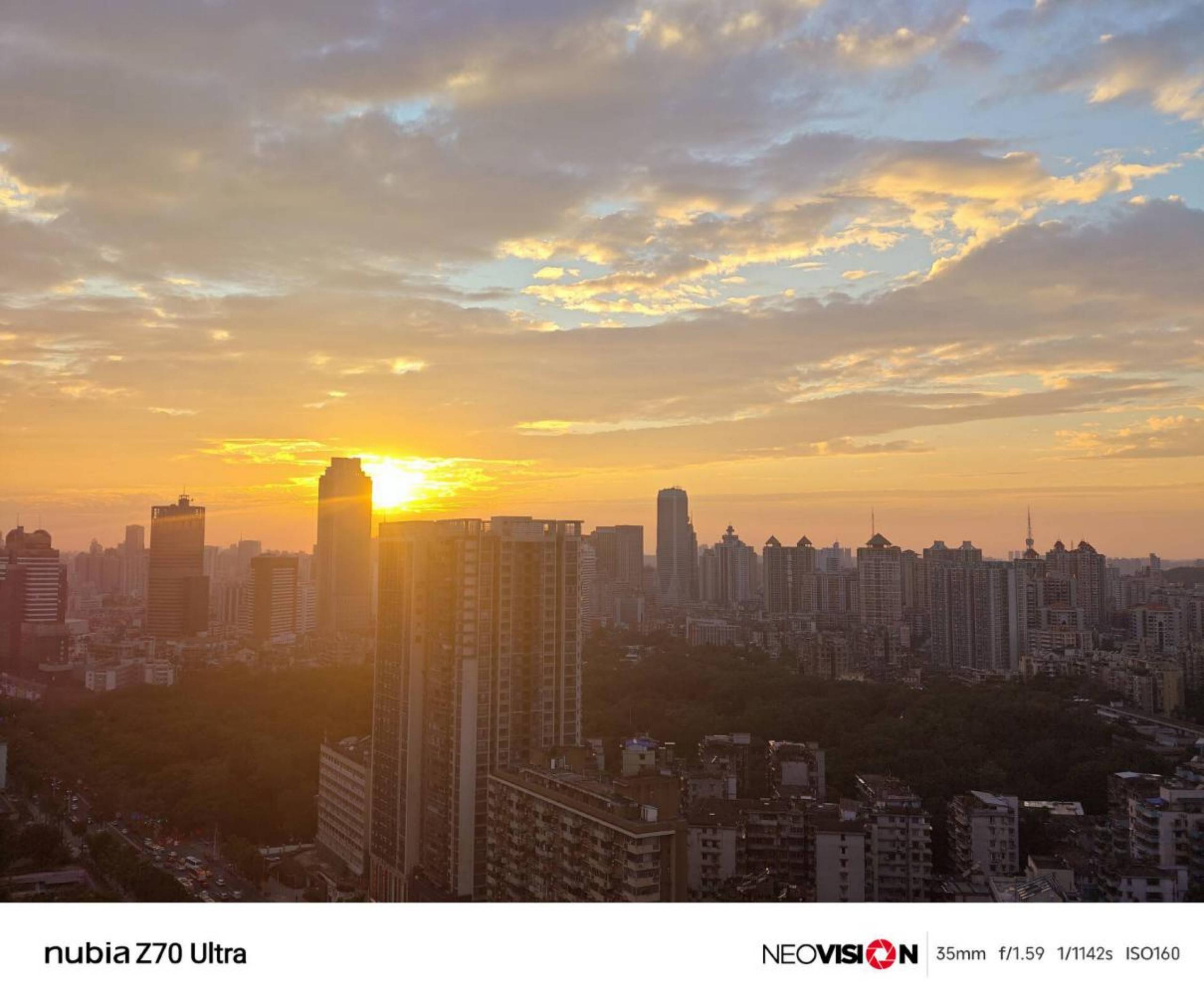
The Nubia Z70 Ultra's other two cameras also perform very well during the day, especially the ultra-wide angle, which controls flare very well in direct sunlight, keeps image contrast at a decent level, and has the highest resolving power in a range of flagship models we've tested recently. Its periscope telephoto also has good resolution, and the image is sharp and clear, without the need for AI enhancements to capture a telephoto image full of detail.

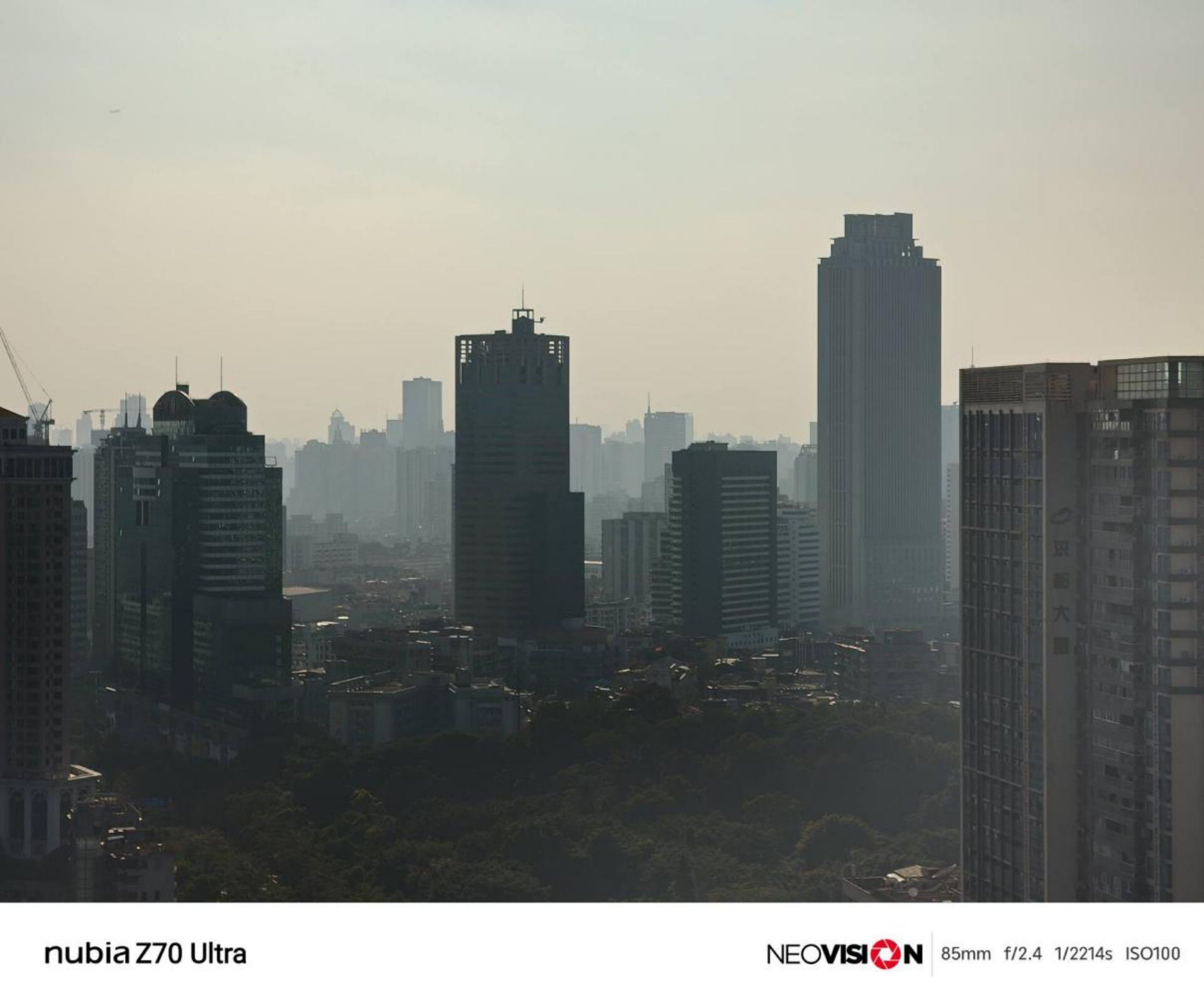
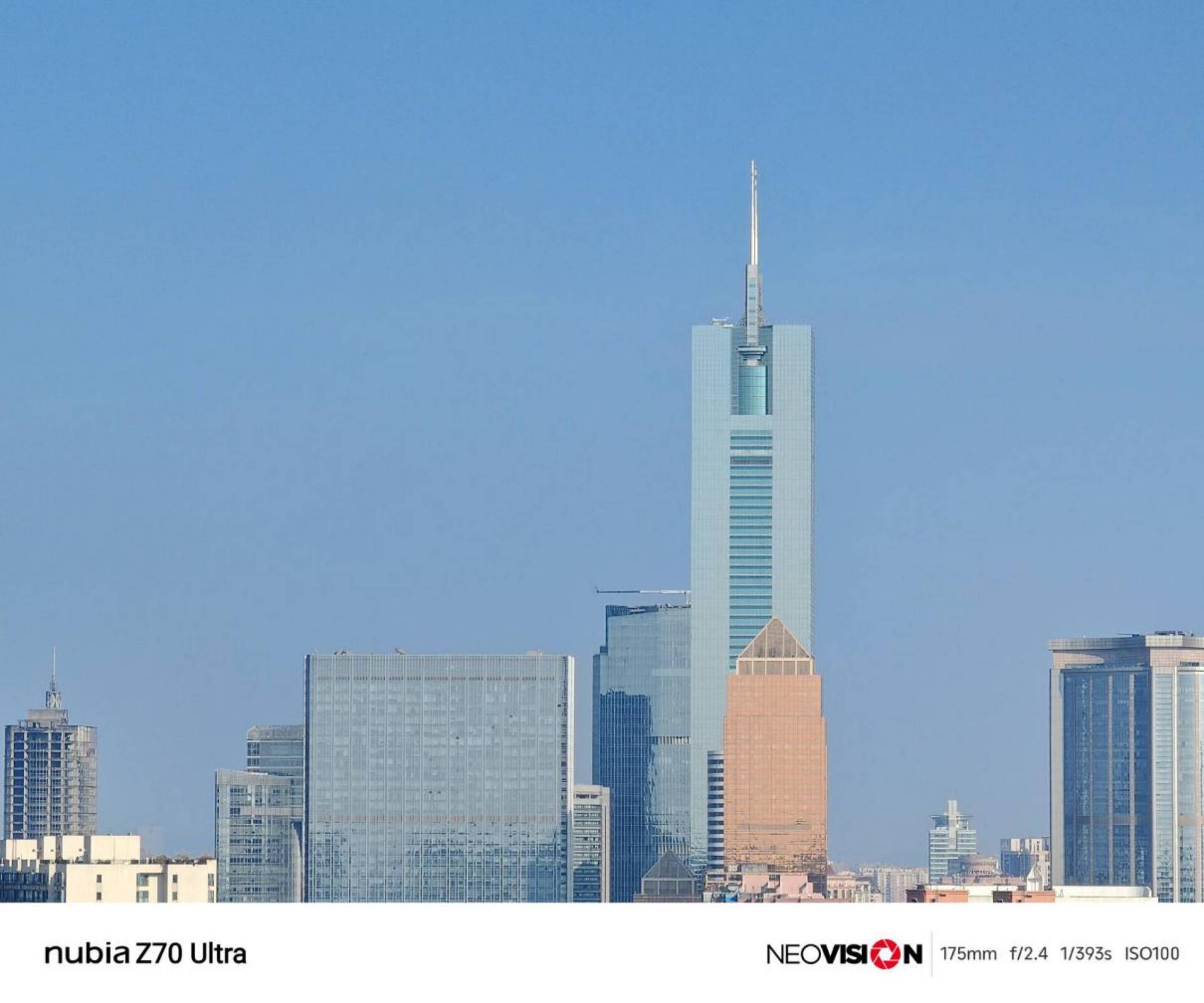
In night scenes, the Nubia Z70 Ultra's strategy is also of the “night-focused” variety, as it prefers to boldly under-expose to emphasize images that are more in keeping with the “night”, and to preserve bright details such as neon lights, streetlights, and headlights more completely. In addition, the resolution of the three cameras in night scenes is also at a good level, especially at the ultra-wide-angle end, which is a standout among this year's crop of imaging flagships. Of course, from the perspective of sample analysis, it does sacrifice relatively more dark details, which is expected to be further optimized by the subsequent OTA to achieve better night scene image quality.

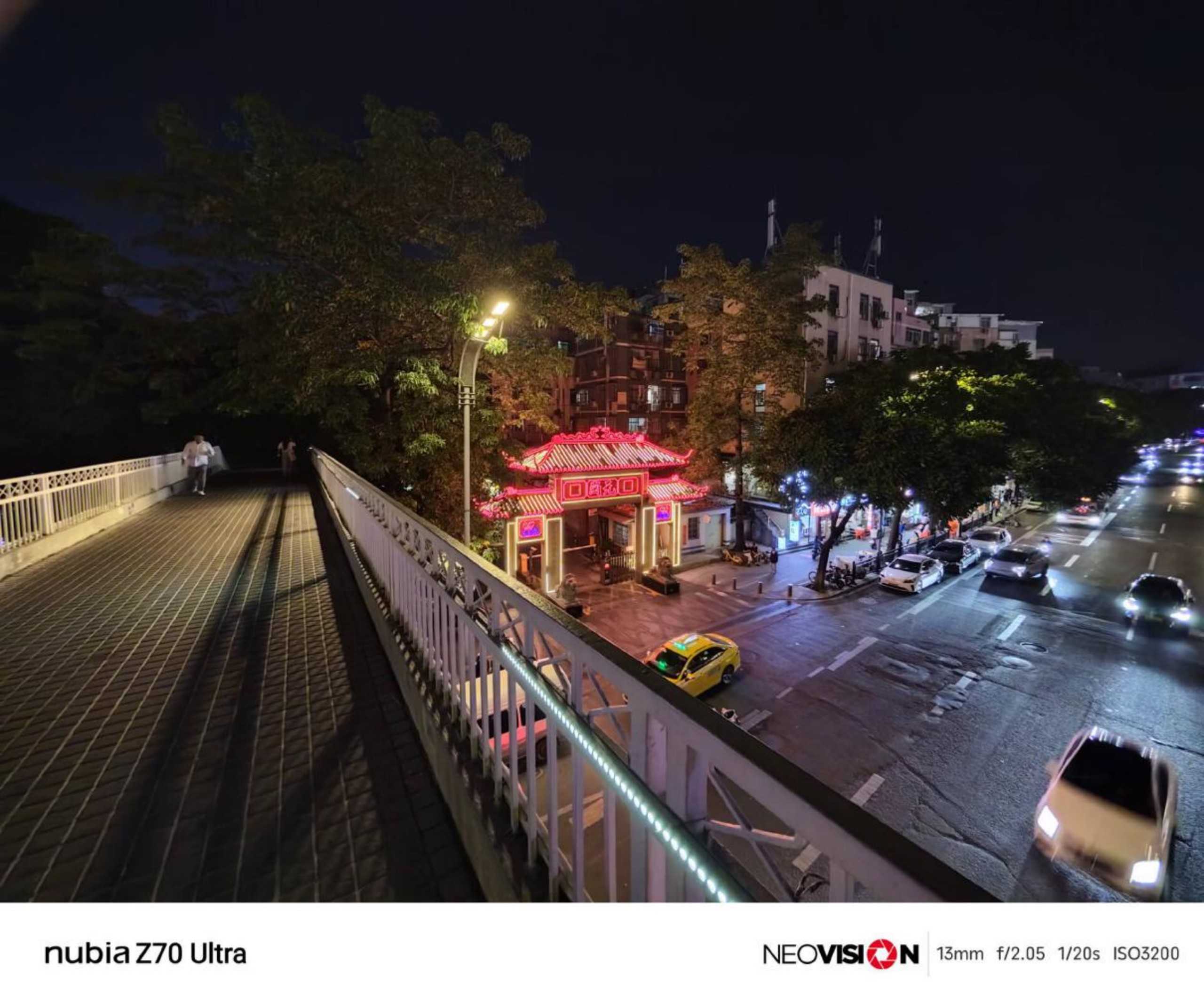

In addition, with the lens changes, some of the camera features that we have previously boasted about also ushered in changes, such as the button to quickly switch focal lengths, after this update became “13-18-24-35-50-70-80-140”, three lenses derived from eight focal lengths, which is still quite interesting.
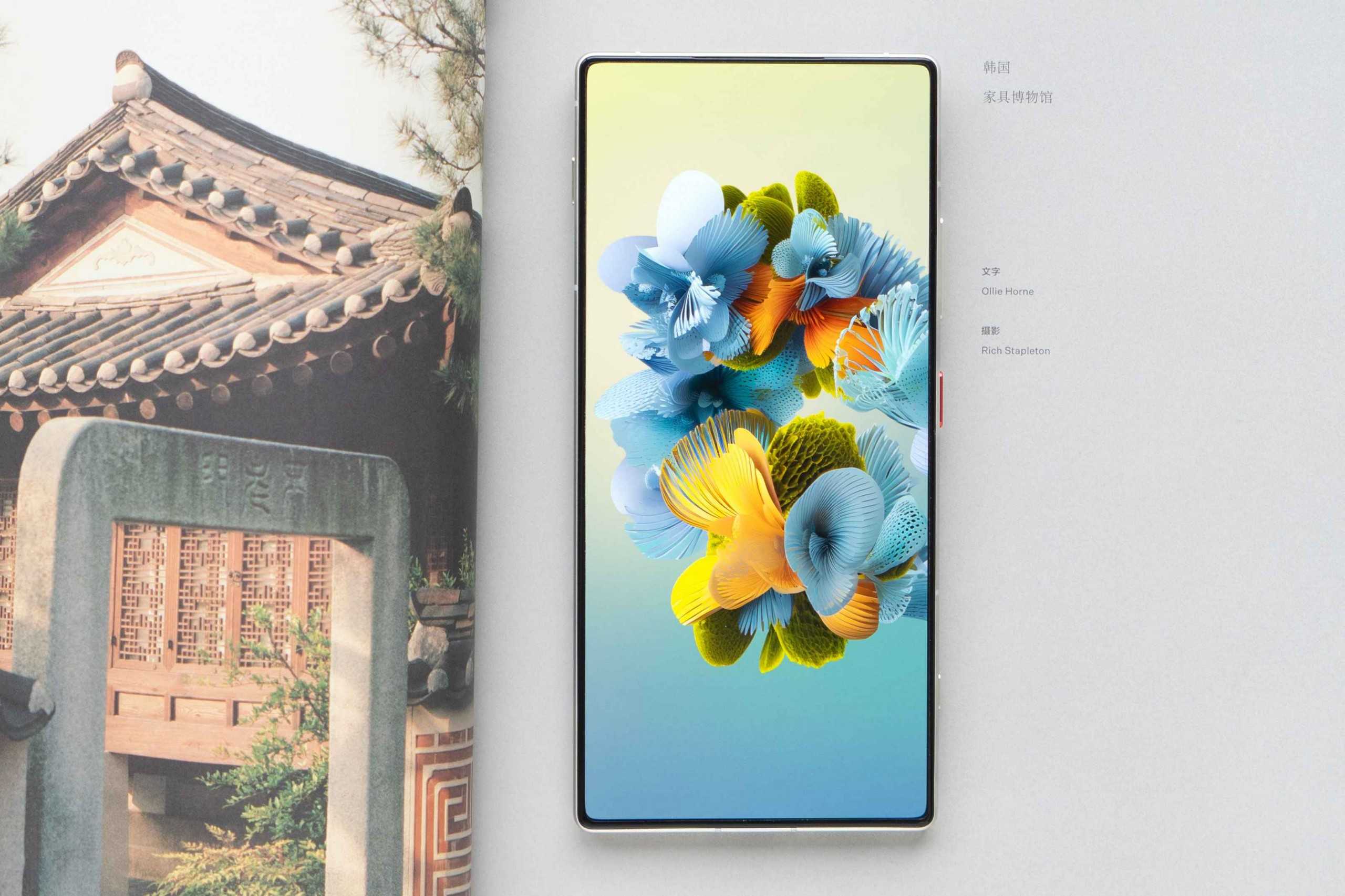
What's more surprising is that Nubia has boldly added the AI-enhanced “Future Mode” to the image this time, and boldly cut out all the photo setting buttons.
Bold AI attempt, the future can be expected
To talk about the future mode of the camera, we have to start with the desktop. Unlike other models, the Nubia Z70 Ultra Nebula AIOS offers a new Future Mode option in the desktop settings in addition to the normal mode, and when it is turned on, its desktop will be instantly and extremely simplified, leaving only the time and the AI buttons at the bottom, and if there are notifications, they will appear on the desktop in the form of bubbles.
According to Nubia's vision, this mode hopes to allow users to “use voice to talk directly with the world”, that is, using voice to open the application or perform a variety of operations, including intelligent booking, stock staring, voice search with text to send Xiaohongshu, the screen to understand the navigation in a sentence, the time capsule AI to help remember, voice control camera to take pictures and so on. Of course, if you still want to be able to start the button yourself, it is also prepared with an application drawer that can be opened by upward swiping, which is also considered to help more users adapt to this mode.

When Future Mode is turned on, there is also a “Future Mode” in the camera, which can be switched by double-tapping on the screen and adjusting the parameters directly with your voice. However, it is a pity that we tested it, it can only support switching filters and voice control to take pictures, but not directly adjust the aperture, shutter speed and exposure and other parameters by voice, maybe it will be added later.
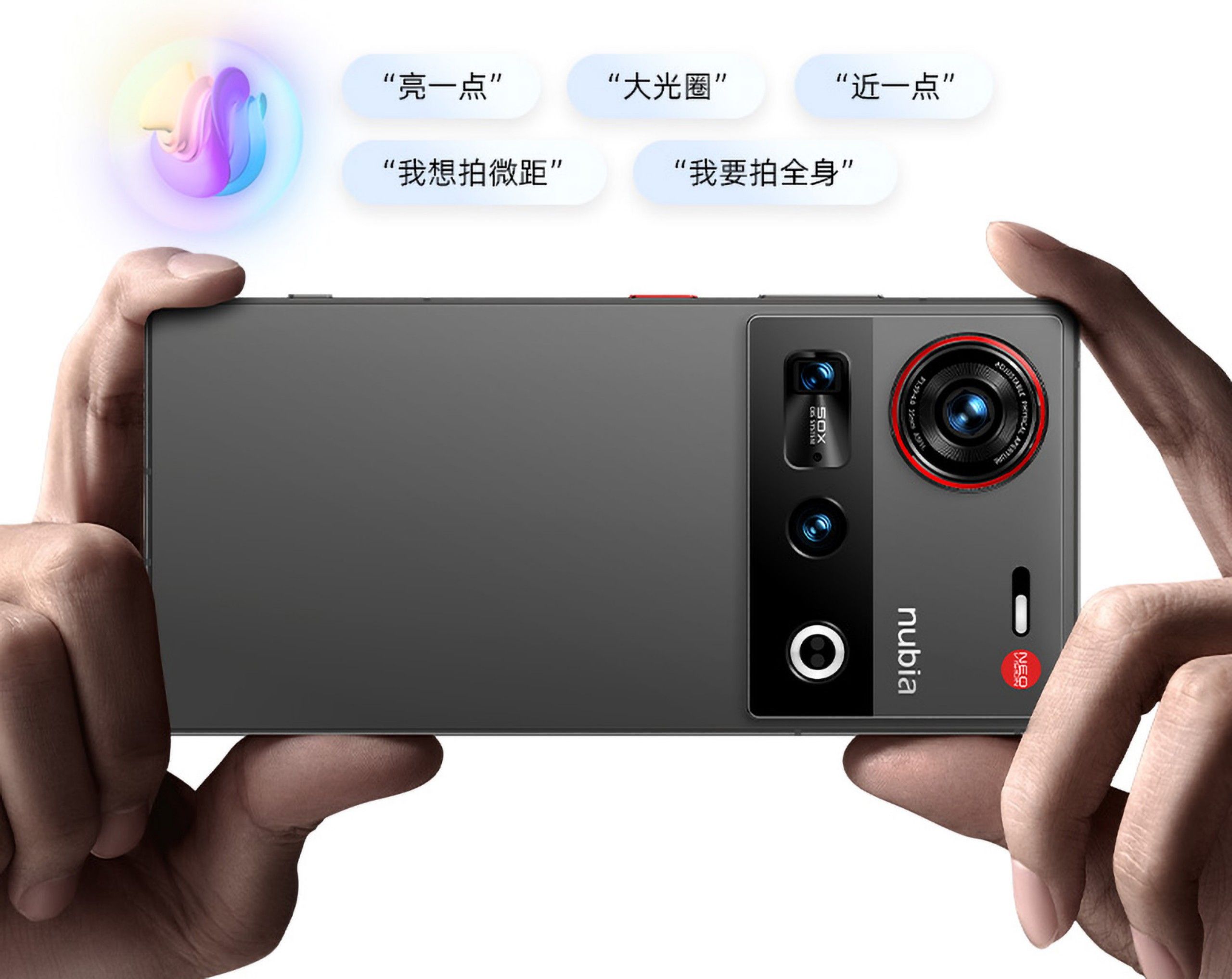
But then again, such a minimalist future mode does look too futuristic, in the desktop or Dock bar to put a convenient start AI assistant, perhaps more practical?

Larger battery capacity for extra peace of mind
In terms of battery life, the Nubia Z70 Ultra packs a large 6150mAh battery, which is still among the top in this year's environment where flagship phones are generally upgraded in terms of battery capacity.
In our tests, its battery life was also quite good. In the low-intensity online video playback and micro-blog browsing scenarios, its power consumption is really not high, both items only consumed 6% of the power; in the League of Legends hand game, after an hour of gameplay, its power consumption is only 13% - it should be noted that we have turned on the 144Hz high frame rate! Note that we tested it with the 144Hz high frame rate turned on, and were pleasantly surprised that it not only managed to keep its power consumption low, but also continued to run at a frame rate close to 144.

The Nubia Z70 Ultra also comes with 80W fast charging, and while that's not a huge number compared to the massive 6150mAh battery, it's actually quite fast. Starting at 2%, it takes just 43 minutes to get to 100%, and only 30 minutes to get to 80%, so it's clearly still a good fast charger for a big battery.
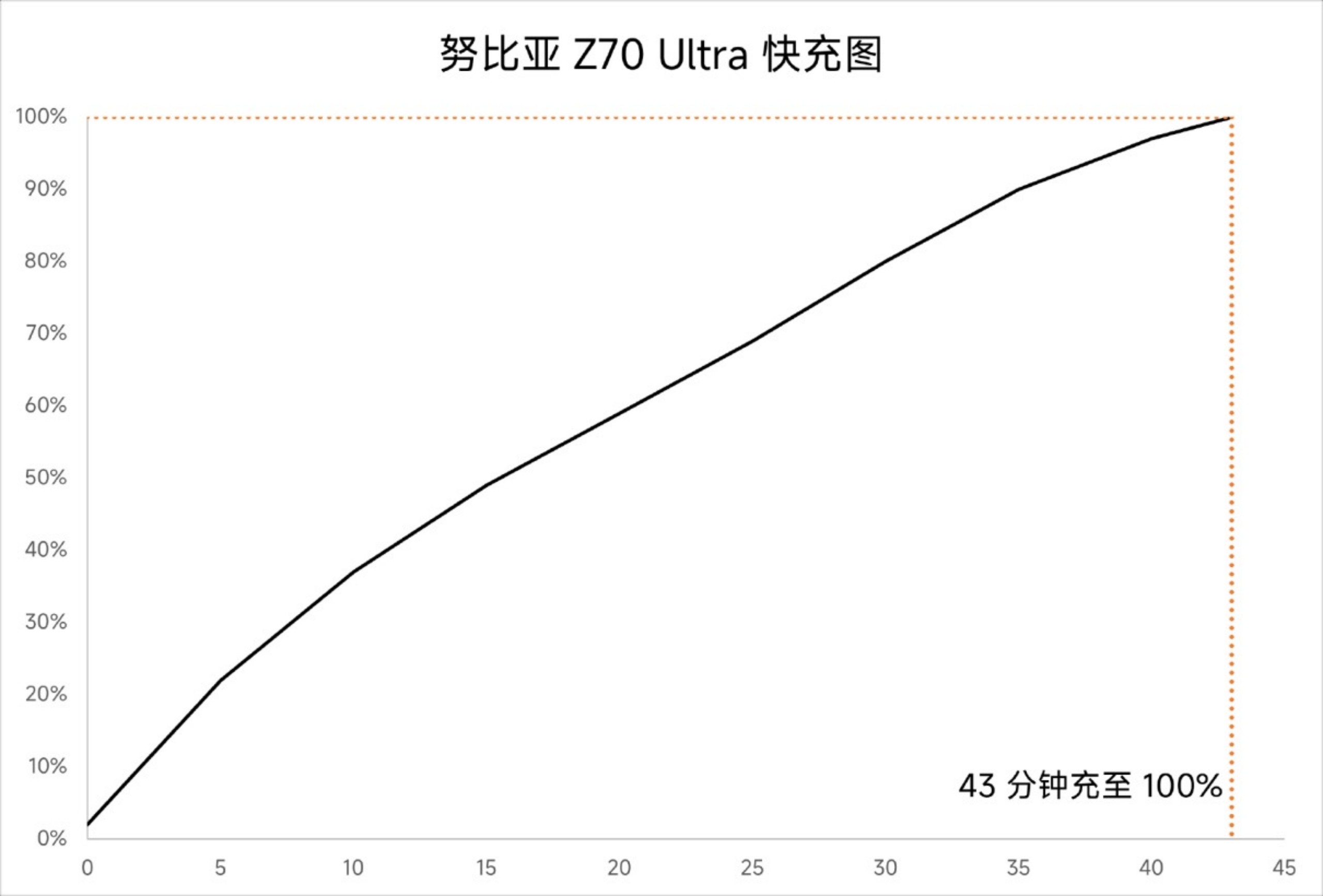
Summary: “Homogenization”.
“Homogenization” has been an unavoidable label for Android flagships over the years. In fact, this problem is relatively helpless, after all, the flagship platform is only a short one-year “freshness period”, want to create a flagship with excellent experience in such a short period of time, configuration convergence and the form of conservative is always unavoidable.
Under this premise, the Nubia Z70 Ultra is still able to adhere to the unique form, which is a commendable thing in itself.
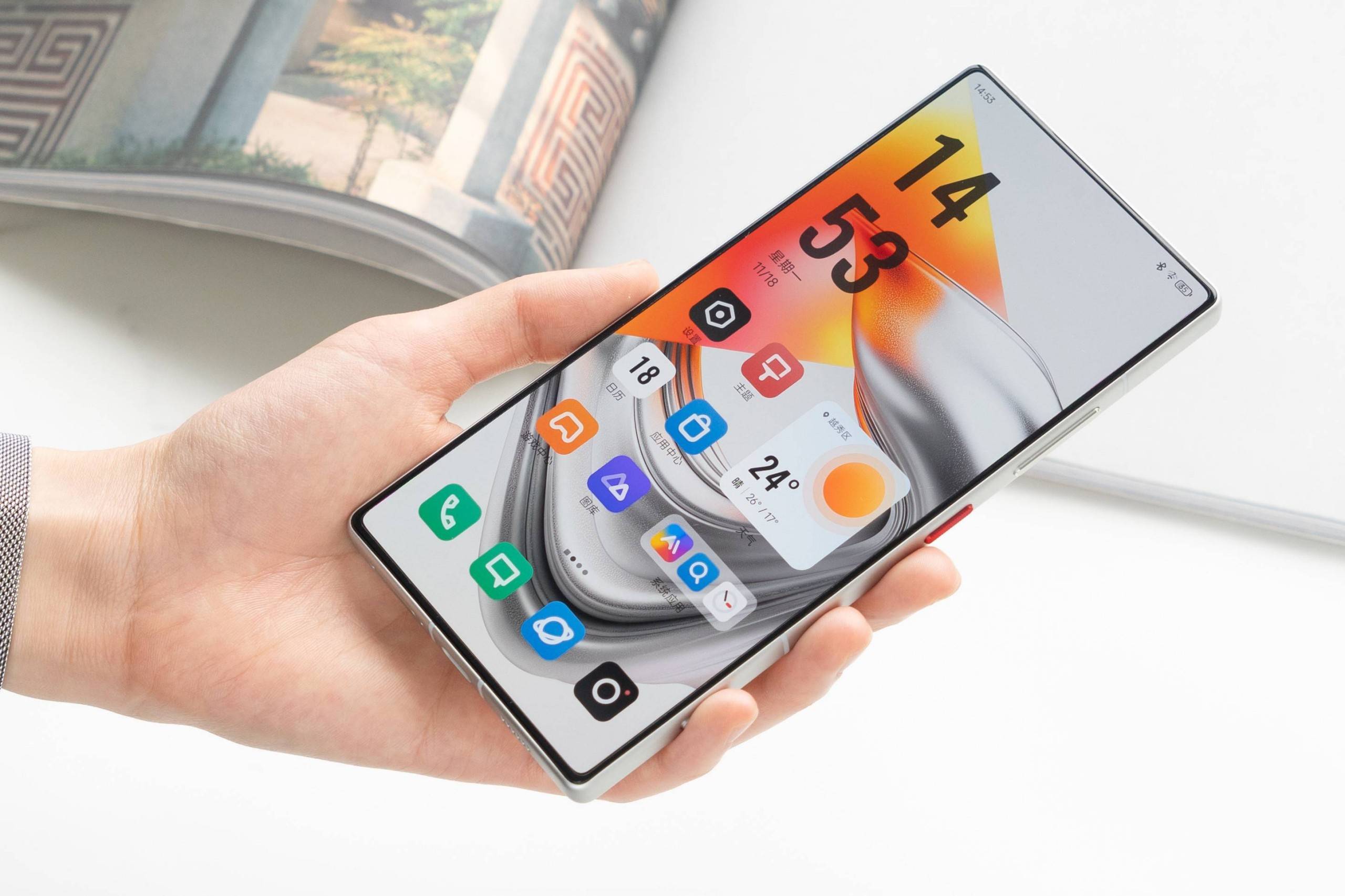
Even though Nubia is the only one left on the true full-screen track, it hasn't stopped moving forward, and this time the Nubia Z70 Ultra still has upgraded display effects and eye protection, as well as some interesting AI tricks and strong performance, and the image module around the 35mm main camera also has a good performance. For those who like a unique form factor, this is an all-around personalized flagship that you can feel good about choosing.

